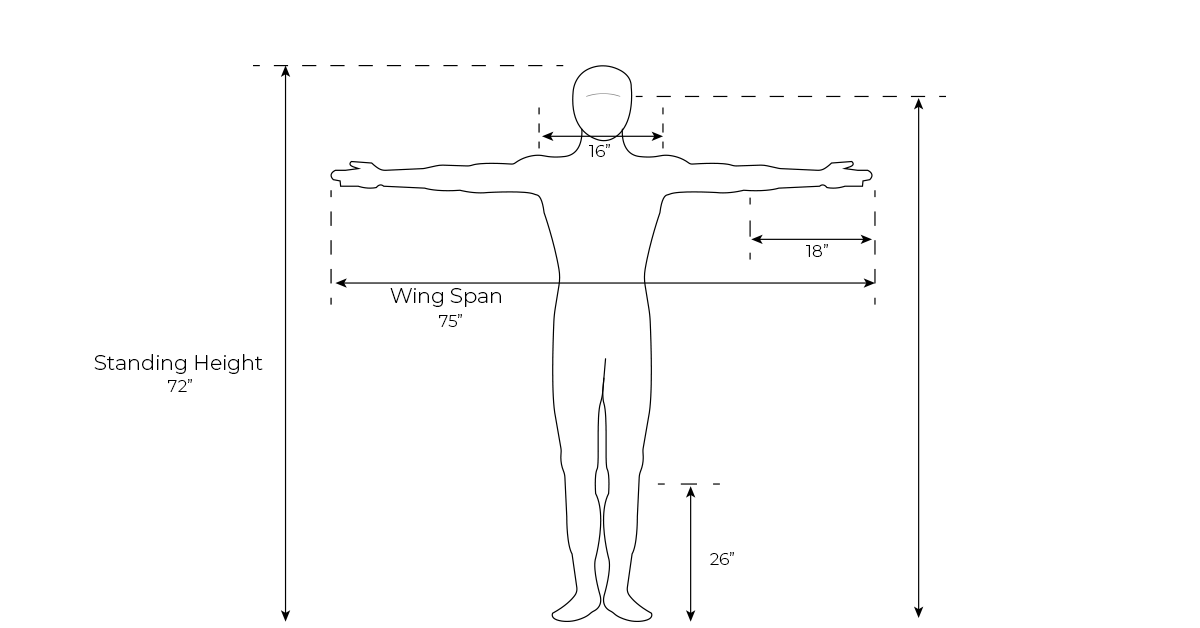The Science of Design

Is Design a Science?
One design action implemented in two different concepts can receive contradictory observations.

Design is a visually subjective art for the masses, and functionally a continuous attempt at increasing the ease of use within a user group.
With this being said, design is also a combination of various disciplines and areas of focus. Within these disciplines lives artistic vision, business strategy, and yes, scientific data interpretation, psychology, and ergonomics/anatomy. Because of the fact that the majority humans respond to order over chaos when attempting to navigate or produce effectiveness, organization is key in designing within the digital realm.
Dropping into a new website is essentially a test for both the person surfing the site, as well as the person who designed the site. The test for the person surfing is essentially a test of intuitive navigation and familiarity with how websites typically function based off of past experiences. This could be anything from instinctively knowing where the navigation menu is, knowing where to find a product, or searching for a contact us page when tasked with calling directly. These are the basic guidelines that stem from a person’s past experience with websites as well as intuitive design.
Action X Will Create Reaction Y
The test for the individual who designed the site is where the “science” comes in. Science, primarily, is defined by laws And every action causing an equal and accurately determined reaction. Newton’s first law of nature is “Every object in a state of uniform motion will remain in that state of motion unless an external force acts on it.” That means that 100% of the time, if an object is in motion it will stay in motion until altered from an external force. The key takeaway here is that no matter what happens, this action will always cause the same reaction. That is what defines a law and ultimately defines a science.
When relating to design, no action will always cause the same reaction 100% of the time, therefore it can not be defined as a science. Design is subjective in that it is an artistic representation for the masses. Within any service to the masses, lie commonalities that are interpreted as fundamental guidelines. In short, it is common for a designer to say something like, “based off of past experience, my hypothesis is that...” this stems from the subjective nature of how humans operate opposed to natural forces.
The fundamental guidelines that a designer uses to determine the best plan of action and base their hypotheses are otherwise know as heuristics. These heuristics act as the law-based system in which science operates, similar to unspoken principals that user’s will intuitively pick up when being presented. To discern these heuristics, an average sum of common practices must be both recognized as well as recorded for future use.
Exemplified Common Practices in Design Heuristics

An example of common practice design may include a car door opening straight out horizontally. This is familiar to 99% of the general mass population based off of past experiences. This does not mean opening a car door horizontally is the best way to achieve the end goal of getting into a car, but it is the most common. This is a heuristic and basic guideline the designers of the car used to solve the issue of a person entering/exiting the vehicle. With that being said, every single car does not operate like this. It is not a law that car designers must abide by. This design has been influenced by scientific factors such of human anatomy and ergonomics. The placement of the door handle is in accordance with an average person’s arm length, the door swings open with the range of mobility in a human’s arm, and the tension of the hinge on the door is based off of the average human’s strength when in position.

When observing common practices within web design, one can attest to the fact that a majority of websites have positioned their company logo in the top left and the main navigation menu on the top right of the webpage. The user will intuitively know that the majority of the site can be accessed through said navigation menu. This is a basic guideline of web design and visual hierarchy that capitalizes on a user’s familiarity of the previous websites they have visited in the past. This common practice enables a person to navigate a website even if they have never been to that website before, and sets the tone/structure for the rest of the content to be displayed properly. For this act to be considered a science, that would mean that you would be able to take a person who has never been on a website before and expect them to be able to navigate your website solely because you placed the navigation in the top right- every action producing an equal and accurately determined reaction. Instead, design uses heuristics that are based off of user familiarity from their past experiences and visual hierarchy of the medium in which they are designing. Similarly when designing a website for the purpose of monetization, one approach will not drive the same results across multiple target audiences. The heuristics and guidelines set in place are not a 100% guarantee to a specific outcome, but a common practice that has been deciphered from basic human intuitiveness, visual hierarchy, and information architecture.
Conclusion
While design is not a science, it does includes a multitude of scientific factors that contribute to the base line heuristics of fundamental design. Recognizing trends of how human beings consume content and mentally categorize Information is essential to providing a well designed space for presentation and interaction. When utilizing scientific factors as psychology, ergonomics, and data interpretation, a designer is better able to hypothesize the path a user will take when navigating a digital space.

